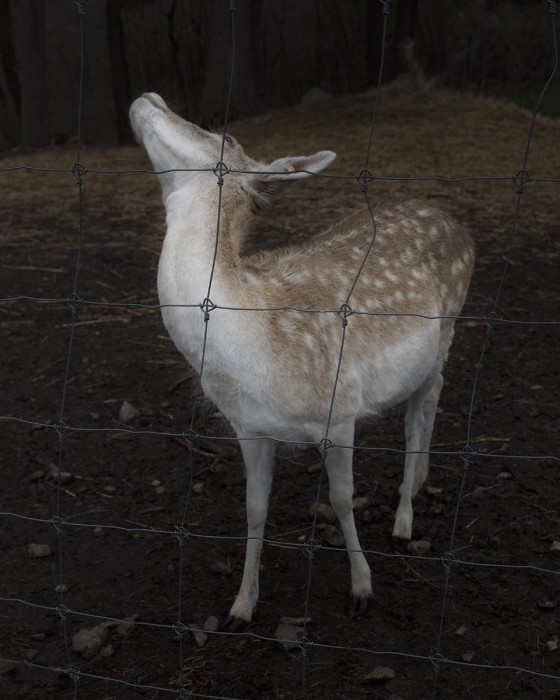Animalia Week: Of Blood and Bone by Emily Vallee
This week Lenscratch we featured artists whose work deals with animals and our relationship with them. Our final artist this week is Emily Vallee. Her poetic imagery expresses the experiences of growing up in New England surrounded by wilderness.
Emily Vallee is a visual artist and educator. She was born and raised in Georgia, Vermont, a small town between the Green Mountains and Lake Champlain. Her photo book ‘Of Blood and Bone’ was recently exhibited at the Vermont Center for Photography’s Annual Juried PhotoBook Exhibition. In addition Vallee was shortlisted for the Royal Photographic Society’s 2017 International Photographic Exhibition in London, England and has recently been exhibited at the Atlantic Wharf Gallery in Boston, MA and the ProNatura Conservation Center in Champ-Pittet, Switzerland. Vallee has been featured in various publications, such as, Boooooom, Don’t Take Pictures, Phases Magazine and Muybridges Horse. Her work challenges and explores the separation and convergence of humankind and the natural world.
Of Blood and Bone
Can we shift, if for only a moment, away from our human condition, to imagine what it may be like to breathe through a different set of lungs or to feel the damp earth wedge between the cracks in our skin? In my work I aim to spur a cognition of sorts, to kindle biophilia. Opportunity arises from the images to imagine a primal, perhaps more animalistic version of ourselves. I have been returning to the forests of New England for years, primarily to the woods of Vermont, Massachusetts and upstate New York. Influenced by my upbringing in a farming family of northern Vermont, making images always begins with my often indescribable bond to the natural world. The forest, hunting and farming I find, are rife with metaphors for larger ideas about life and its complexities. In my practice, I make photographs with the notion that the camera is an extension of my body. Recording the marks and traces left upon the land by creatures, such as the nest or den, is central to my work. These sites and evidences of the cycles of birth, survival and death I piece together like fragments of a constellation. The images uncover a kind of perception that feels immediate and primary, pushing against a preconceived version of nature.
The intricacy of the crossing paths and crossing energies in a forest — the paths of birds, insects, mammals, spores, seeds, reptiles, ferns, lichens, worms, trees, etc., etc. — is unique; perhaps in certain areas on the seabed there exists a comparable intricacy, but there man is a recent intruder, whereas, with all his sense perceptions, he came from the forest. – John Berger
We abuse land because we regard it as a commodity belonging to us. When we see land as a community to which we belong, we may begin to use it with love and respect. – Aldo Leopold
Posts on Lenscratch may not be reproduced without the permission of the Lenscratch staff and the photographer.
Recommended
-
Photography & Anthropology: Gloria Oyarzabal, “USUS FRUCTUS ABUSUS”May 3rd, 2024
-
Earth Week: Aaron Huey: Wallpaper for the End of the WorldApril 26th, 2024
-
Earth Week: Casey Lance Brown: KudzillaApril 25th, 2024
-
Tara Sellios: Ask Now the BeastsApril 6th, 2024
-
ALEXIS MARTINO: The Collapsing Panorama April 4th, 2024












































































